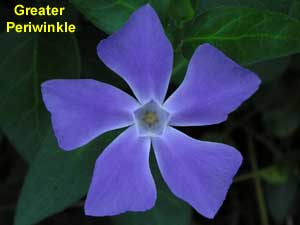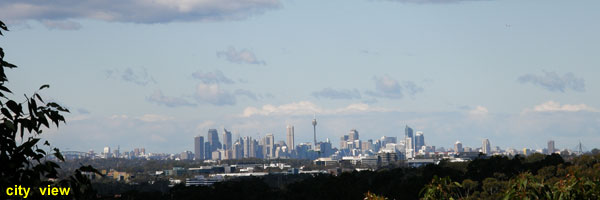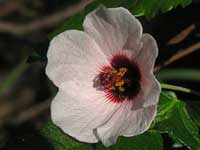
(introduced species)
Yes several of these plants have incredibly beautiful flowers. But their colour and form
aren't the issue here - they are invasive and crowd out the local native plants.
Several are Weeds of National Significance, and they all diminish our rich flora diversity.
Reference to these plants can be found on PlantNet and Weeds in Australia.
Index to our collection -
|
Balloon Vine
Black-eyed Susan Blue Morning Glory Blue Pigroot Bridal Creeper Calliopsis |
|
Dolichos Pea
Greater Periwinkle Japanese Honeysuckle Lantana Mistflower Mother of Millions |
|
Parrot Lily
Pink Pavonia Scotch Thistle Soursob Trad (Wandering Jew) Winter Senna |
There are several city view lookouts in the Park. The one pictured here is in Thornleigh. Another is at the end of the Pennant Hills Fire Trail before it descends to the Lane Cover River.
The Thornleigh City View Lookout is accessed from Thornleigh Oval. Go straight ahead from the turn-off to the Lorna Pass Walking Track (see Acacias webpage) and follow the signs.
The walk is reasonably flat heath with an amazing display of wildflowers in spring.
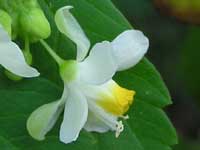
Balloon Vine
Cardiospermum grandiflorum
Its name comes from its seed pod (fruit) which looks like a paper balloon, and produces. It is highly invasive.
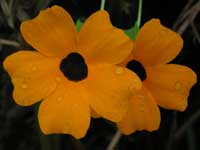
Black-eyed Susan
Thunbergia alata
This reference gives a "home-town" aspect to this perennial creeper.
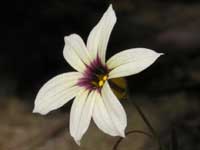
Blue Pigroot
Sisyrinchium iridifolium
More of an attractive alien than an invasive weed.
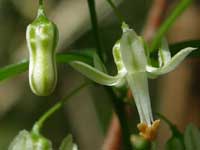
Bridal Creeper
Asparagus asparagoides
A detailed description can be found on the Weeds in Australia database.
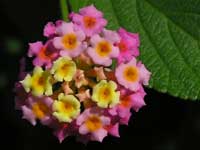
Lantana
Lantana camara
A detailed description can be found on the Weeds in Australia database.
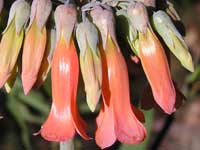
Mother of Millions
Bryophyllum delagoense
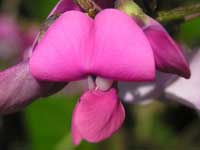
Dolichos Pea
Dipogon lignosus
A description can be found on the Queensland Government's Weeds of Australia website.
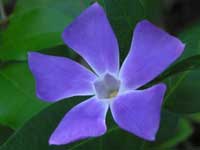
Greater Periwinkle
Vinca major
Also known as Blue Periwinkle, a full description can be found in the Weeds Australia database.
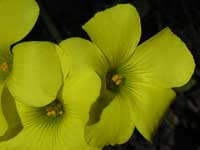
Soursob
Oxalis pes-caprae
A full description is provided here.
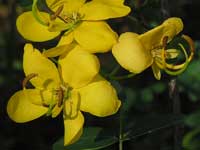
Winter Senna
Senna pendula var. glabrata
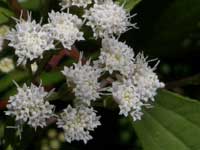
Mistflower
Ageratina riparia
A detailed description can be found on the Weeds in Australia database.
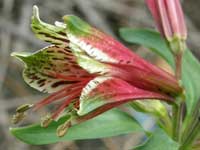
Parrot Lily
Alstroemeria pulchella
Once established, this perennial is very difficult to eradicate.
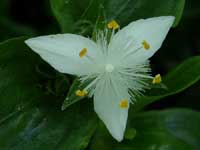
Trad (Wandering Jew)
Tradescantia fluminensis
A detailed description can be found on the Weeds in Australia database.
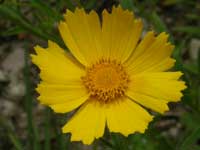
Calliopsis
Coreopsis lanceolata
A detailed description can be found here.
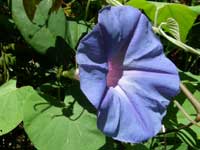
Blue Morning Glory
Ipomoea indica
It is a declared noxious weed in over a dozen Sydney Council areas.
A detailed description can be found on the Weeds in Australia database.
It is differentiated from I. purpurea by its longer sepals.
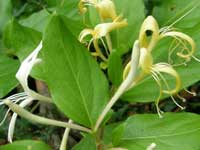
Japanese Honeysuckle
Lonicera japonica
Its flowers bloom white and become pale orange before withering.
A detailed description can be found on the Weeds in Australia database.
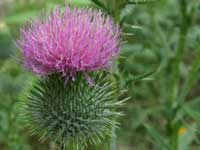
Scotch Thistle
Onopordum acanthium
